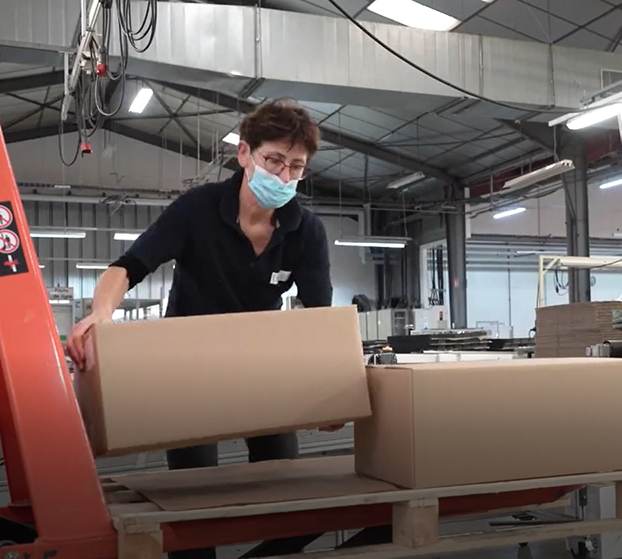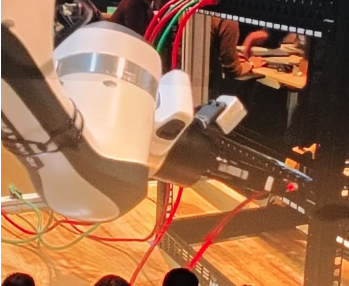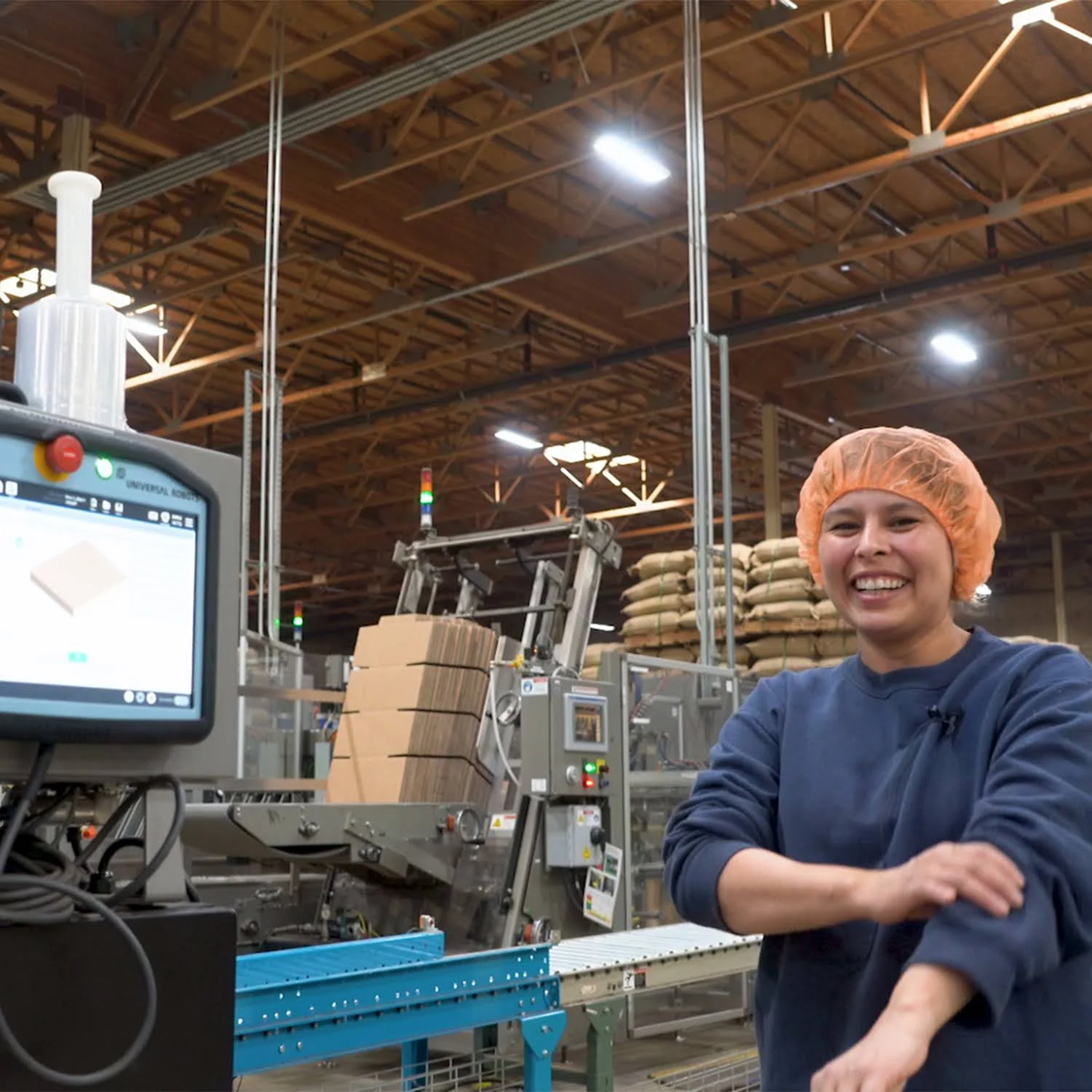Why Manual Palletizing is a Giant Waste Of Your Resources

Posted on Feb 08, 2022 in Palletizing
5 min read time
Are you still manual palletizing? Don't. More than likely it's a waste of your valuable resources.
Palletizing is an extremely common task in modern companies. Almost every manufacturing company requires products to be packed onto pallets for shipment.
The problem that many companies face is that manual palletizing takes workers a lot of time. It distracts them from other, more important tasks. But, it can be hard to know how to improve the efficiency of the palletizing task.
Your company has limited resources. In many parts of the world, there is a shortage of skilled people for manual jobs. If you are still palletizing your products by hand, you are more than likely wasting valuable resources.
We have heard many stories from our customers of workers running from task to task. People try to fit in manual palletizing alongside all their other tasks and their productivity at all tasks falls as a result.
Hand palletizing: An inefficient solution for an in-between task
When you think about it, the task of palletizing isn't really a job at all. It is an in-between task…
As a manufacturer, the purpose of your operations is to create products that your customers then receive.
In a hypothetical ideal world, you would create your products and they would arrive with your customer immediately, with no extra steps in the middle. The tasks of packaging and palletizing are just in-between tasks. It would be great if they didn't have to exist but they do because we live in a real, physical world and need to send products via logistics.
The definition of a value-added task is those tasks that, if asked, a customer would be willing to pay for. This is why palletizing is rarely seen as a value-added task. If faced with 2 competing, equally good products, a customer would almost certainly choose the one that didn't charge you extra for the products being on a pallet.
Manual palletizing involves putting items on a pallet by hand. This is a difficult job that takes a lot of time and effort. As it's a non-value-added task, hand palletizing is an inefficient way to tackle this task.
The reason your palletizing operation is never efficient
Whether you consider palletizing to be a value-added task or not in your business, you have likely noticed the inefficiency of manual palletizing.
We have seen this inefficiency time and time again in manufacturing environments. The cause of that inefficiency is often related to inconsistency.
If your palletizing operation is like that of a lot of other companies, it does not receive a consistent, high-volume supply of products. If a person was to wait at the palletizing task for each box to arrive individually, they would spend most of their time waiting and comparatively little time stacking boxes onto the pallet.
In an attempt to keep people productive, many companies give the palletizing operator multiple jobs. For example, they might split their time between an earlier packaging task and palletizing. This approach does keep the person busy, but it can also significantly reduce the efficiency of both tasks.
You can see where this inefficiency comes from by looking at it through the lens of the wastes that manual palletizing introduces…
5 wastes that can arise with manual palletizing
The key to making any operation efficient is to reduce the wastes inherent within the task.
Here are 5 common wastes that arise with manual palletizing:
1. Waiting
As outlined above, the palletizing task is often fed with an inconsistent stream of boxes. This means that the person performing the task spends a lot of time waiting.
Waiting is one of the core wastes of Lean Manufacturing. Every moment a worker waits is lost time.
2. Underused human potential
Lean Robotics is a framework that applies Lean thinking to robotic deployment. One of the wastes it introduces is "underutilized human potential". Every time a person is not used to their full capability, there is a loss of efficiency.
This waste is a big deal. In one employee engagement survey, it was found that 1 in 3 professionals cite boredom as their main reason to leave their jobs. If your people are bored, they will likely leave… and palletizing is a boring task.

3. Task switching
Perhaps you have tried to reduce the waste of waiting by giving your palletizing worker another task to do at the same time. This can introduce its own waste.
According to psychologist Gerald Weinberg, when we simultaneously work on multiple tasks, we destroy our productivity by 80%. Every time your worker moves from one task to another and back, their productivity is taking a big hit even though they look busier.
4. Unnecessary movement
Running between a palletizing task and another task is also wasteful because of all the extra movement it introduces.
As the Lean Robotics framework explains, any movements of workers that are unnecessary and add no value are wasteful. Removing such wastes is an easy way to increase your productivity.
5. Defects
One problematic cause of waste in manual palletizing is defects. These can happen when a pallet hasn't been packaged consistently and products are damaged as a result.
We humans just aren't consistent when we perform a strenuous task like palletizing over a long shift. Even the best palletizing workers in the world will still make some errors occasionally, which leads to waste.
Improve your warehouse palletizing efficiency with a cobot
How do you remove the wastes of manual palletizing?
How can you increase the efficiency of the task whilst also making better use of your human workers?
One highly-effective solution that many companies are taking advantage of is cobot palletizing. A collaborative robot is much more accessible than conventional forms of robotic palletizing.

You can easily add a cobot to your facility and see almost immediate productivity improvements over manual palletizing.
Check out our solutions page for more details
What inefficiencies have you noticed in your palletizing task? Tell us in the comments below or join the discussion on LinkedIn, Twitter, Facebook, or the DoF professional robotics community.






Leave a comment